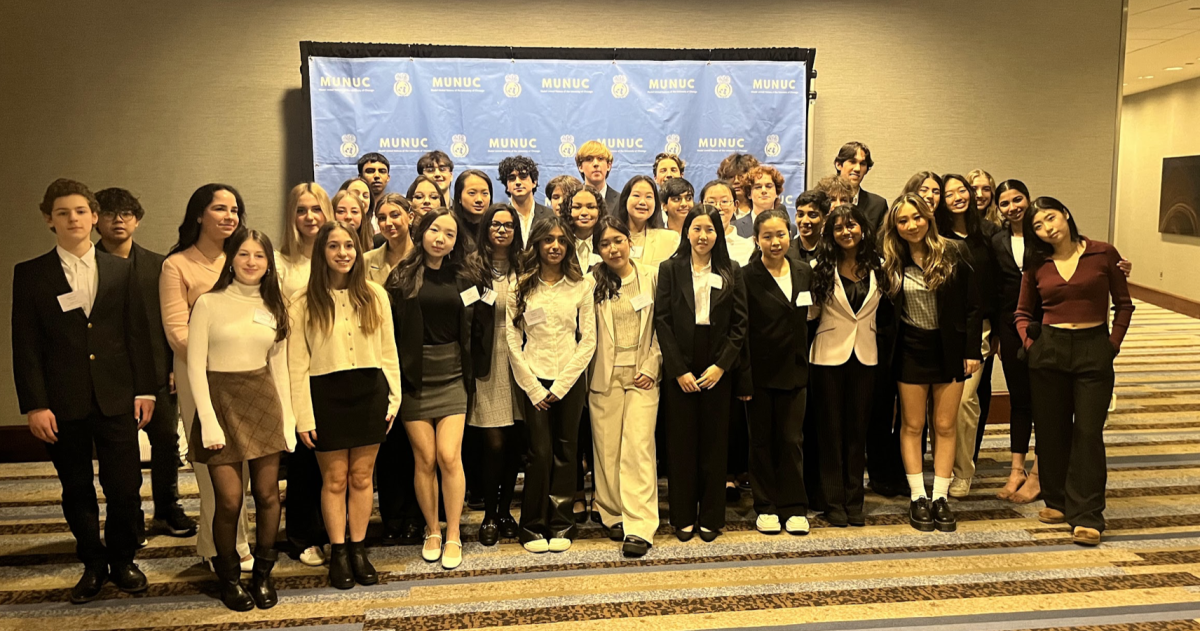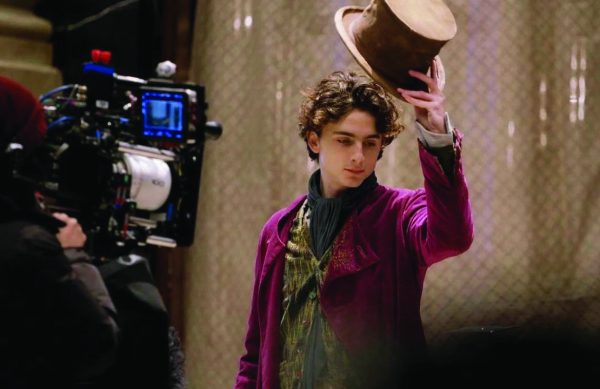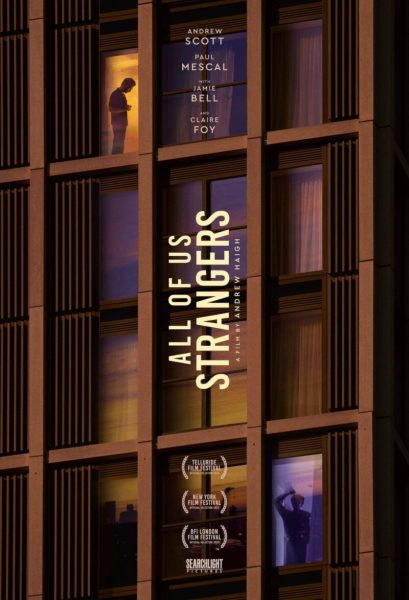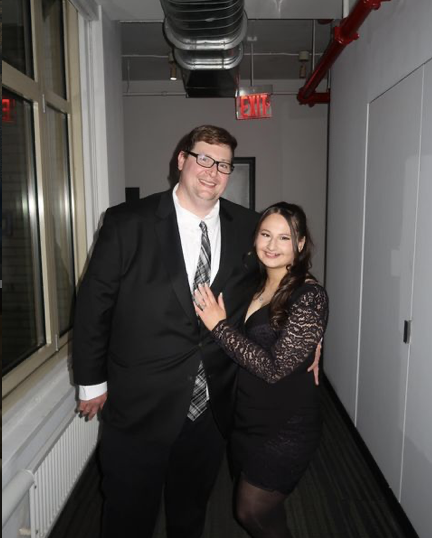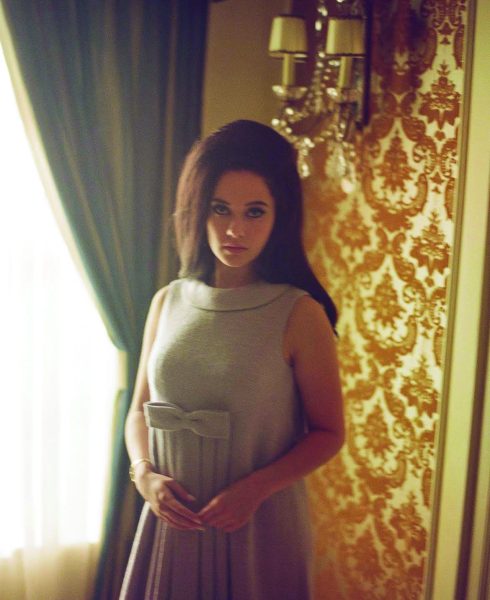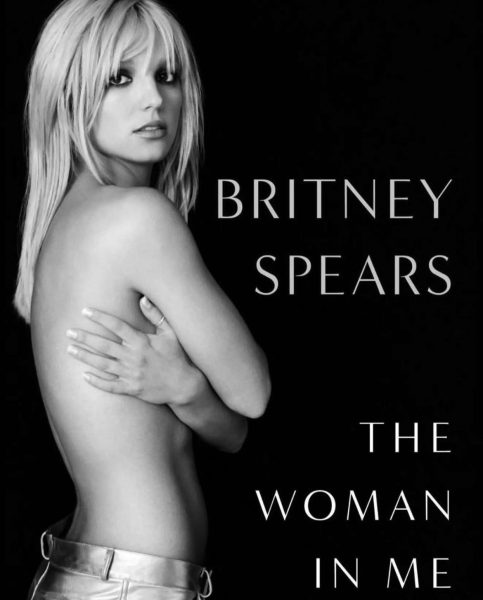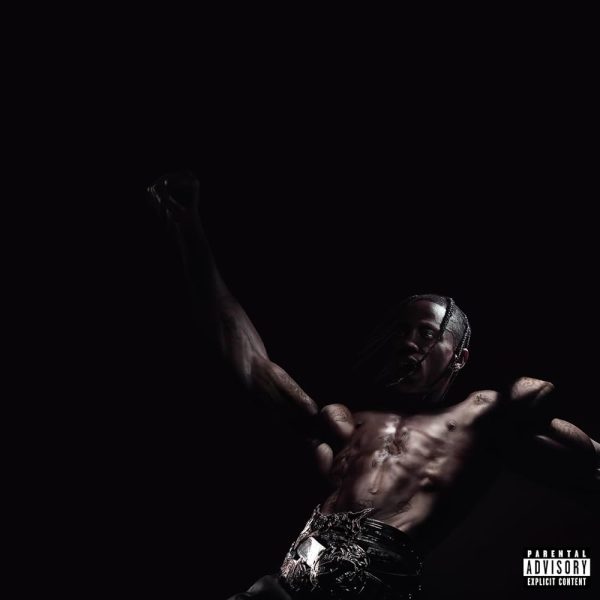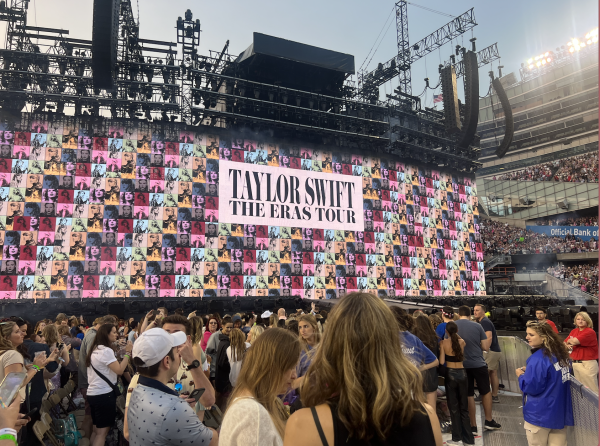Get Back: An Homage to the Creativity of The Beatles
Photo by Creative Commons
‘Get Back’ promotion poster
March 9, 2022
This past November, The Beatles’ fans awaited the release of Get Back, an eight-hour documentary featuring the creative process of the famous four. The film is available on Disney+ and in IMAX theaters as an abridged version.
Peter Jackson, the director of the film, was tasked with cutting down sixty hours of footage to eight hours. Simultaneously, he worked to capture the essence of creativity and complexity of group dynamics, and obviously, plenty of The Beatles’ music, and he did so flawlessly.
Originally, in January 1969, director Micheal Lindsay-Hogg set out to document the group’s rehearsing and recording of songs for their twelfth (and final) album, Let it Be. The catch is that, since the group’s recent live performance for their single “Hey Jude” was a success, they wanted to hold another live performance, but featuring more songs yet they were only granted a month of studio space at Twickenham Studios. The Beatles planned to write fourteen songs in two weeks and perform them in front of a live audience on the 19th and 20th of January, which would later be broadcasted.
Right off the bat, group dynamics are under the microscope. McCartney takes the role of leader – after the death of Beatles’ manager Brian Epstein – preaching a ‘go big or go home’ attitude to inspire enthusiasm and discipline in the group. Harrison continuously hints at inclusivity in songwriting (referring to how more McCartney and Lennon songs are featured on albums), and even quits the band at the end of part one – and then obviously returns. Lennon adds the occasional lyric change or guitar note but is mainly occupied by Yoko Ono, his girlfriend. Starr is all for ‘peace and love’ and just jams out on the drums for most of the film; one time he even comes up with “Ob-La-Di, Ob-La-Da” with Harrison. But the film also shows how the band puts aside tensions to create the music that we all love and know today. The audience can’t help but find a greater respect for the band and their devotion. Although these tensions hint at the future break-up of the band, the main focus of the documentary is the pure creativity.
Steve Ryder, an avid Beatles fan and LFA French teacher, noted how “the audience really sees the creative process unfold”, and how out of messing around with words and instruments comes creativity as well as famed Beatles’ hits such as “Let it Be,” “Get Back,” “Across the universe,” and “Don’t let me down.”
The documentary also featured key behind-the-scenes people beyond the main four. Whether it was Mal Evans whacking an anvil for “Maxwell’s Silver Hammer”, producers George Martin and Glyn Johns discussing concert venues, Billy Preston playing at the keyboard, Ethan Russel capturing shots of the band (later which will become the album cover of Let It Be), or the wives or girlfriends of the four musicians, the contributions of these individuals were credited significantly by the footage.
The documentary finished with a grand finale of rooftop concerts being shut down by the police – a memorable last live audience show of The Beatles for sure.
The fact that the documentary was released 53 years after it was filmed (and still has been successful) not only shows the everlasting impact of the band, but also the continued love for classic rock in younger generations. As current teens discover the bands of classic rock, like The Beatles persay, through the resurgence of record players, their parents are excited to see their favorite songs being created in the moment on film. Therefore, making Jackson’s film a generationally shared experience that dives into the incredible creativity of The Beatles and an homage to the band itself.





